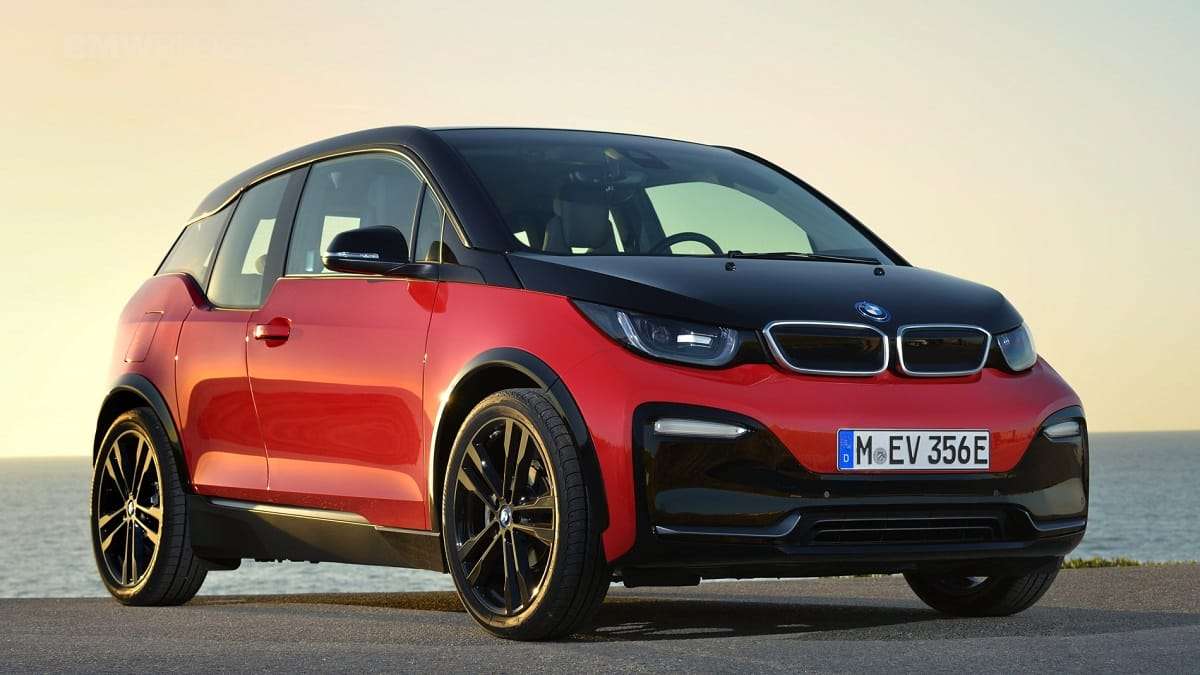As more BMW i3s got out of warranty, some enterprising individuals would be inclined to get their hands dirty and perform DIY maintenance. However, there are people who might be discouraged from doing so, because of the perceived complexities of these cars.
Now, these cars are undoubtedly complex. Just about everything is computer-controlled. The battery pack is made by connecting hundreds of individual battery cells, with the BMS (Battery Management System) regulating their instantaneous charge/discharge rate. The BMS works in conjunction with the motor controller and feeds the right amount of juice to the electric motor, in order to procure the requested torque on acceleration. Conversely, when the driver requires vehicle deceleration, the opposite is done. The Climate Control System pulls double duty and regulates the battery cells’ temperature. Communications between corresponding control modules are done via proprietary network bus systems.
In the event of malfunctions, it would probably be simpler to take such a car to an authorized BMW service center or a specialized workshop, as repairing these units requires specific (and expensive) tools and knowledge. This also applies to most modern vehicles, however. What a lot of DIY-ers want to know is, how hard will it be to perform regular maintenance on them?
Actually, maintenance needed by these cars are significantly less than their gasoline-powered brethren. Regular i3 models do not have combustion engines, multi-speed transmissions, and radiators. Therefore, they do not need spark plugs, air filters, engine oils, oil filters, automatic transmission fluids, and coolants. They do have single speed reduction gear final drives, which are filled with Lifetime fluids. According to BMW, this means they do not need to be changed for the life of the vehicle. The only things need to be changed periodically are brake fluids and cabin air filters.
It is recommended to flush brake fluids every two years, regardless of mileage, because they absorb moisture for ambient air over time, and brake fluids with high water content are easier to boil and can corrode brake internal components. Performing them is fairly straightforward, with an extra step in manually resetting the BMW CBS (Condition Based Service) system.
Cabin air filters on modern BMWs, including i3s, use activated carbon to increase filtration capability. Unfortunately, activated carbons have shelf lives, and lose their effectiveness after some time, hence the recommended periodic replacement schedules.
Brake pads do wear out with usage, but at significantly lower rates than the average combustion-engined cars. This is because on modern Electric Vehicles, the regenerative braking system can usually fulfill a large portion of our deceleration requirements.
Models with Range Extenders have gasoline engines fitted, so they need gasoline engine maintenance such as spark plugs, oils, and filters. However, seeing that they are used as electrical generators (therefore, only run occasionally, and always at rpm of peak efficiency), generally they don’t need as much maintenance as engines used on non-EV cars.
So, all in all, very much doable for the experienced DIY-ers. Just remember that these cars were made with exotic materials using state of the art methods, and need to be treated accordingly.
Yonathan Santoso is an autotech service supervisor mentoring a small team of technicians in maintaining and repairing a wide variety of road vehicles. He loves electric cars and reports electric vehicle news at Torque news. Yonathan can be reached on Twitter at @MbahMobil.






Comments
Like many EVs, the weakest
Permalink
Like many EVs, the weakest link in the i3 is the 12 volt battery. Count on replacing it every five years or so.
And as further reminder, just
Permalink
In reply to Like many EVs, the weakest by Clasqm (not verified)
And as further reminder, just like all modern BMWs, after a 12V battery replacement, it would be better for the life of the new battery if
you do the battery registration procedure using a compatible diagnostic equipment. It's a simple procedure, and most independent shops that service BMWs should have such a tool.
I desperately need a new 12v
Permalink
In reply to Like many EVs, the weakest by Clasqm (not verified)
I desperately need a new 12v battery for my i3
Does anyone know of a dealer with one in stock or an after market one to suit. I'm looking at a 2 month plus wait time from Germany.
Thank you
Jenny
12 volt Battery still ok
Permalink
12 volt Battery still ok after 8 years.
But Liftetime oil in transmission is not OK after 112.000 KM,- black! So change of oil for like each 50.000 KM might be needed.
Seek in YouTube for BMW i3 BEV oil